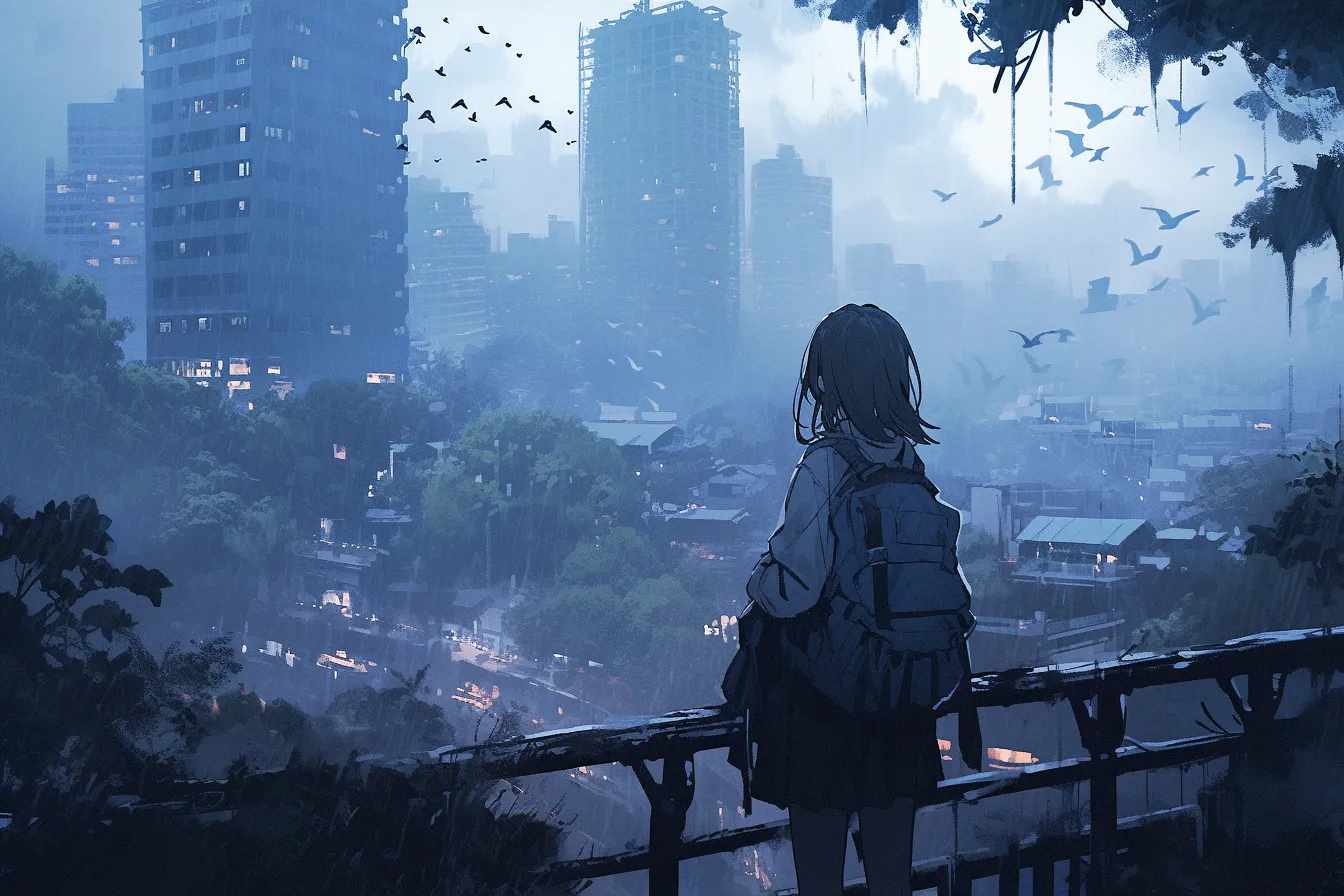Kawaii Style Evolution of Sailor Moon Through the Years

Sailor Moon characters in vibrant pastel outfits, oversized eyes, and whimsical sailor uniforms, showcasing the evolution of kawaii style from the 90s to modern interpretations with trendy streetwear elements and fusion aesthetics
The Evolution of Kawaii Style in Sailor Moon
Sailor Moon, a beloved anime series that emerged in the early 90s, has undergone a remarkable transformation over the years. Its impact on fashion and pop culture, particularly within the kawaii aesthetic, is undeniable. The characters’ designs have evolved dramatically while still maintaining their charm and essence. This article explores how the kawaii style of Sailor Moon has changed and adapted through different eras, reflecting broader trends in art and fashion.
The Early Days: Classic Kawaii
In the original 1992 series, Sailor Moon introduced audiences to a new standard of cuteness. With oversized eyes, vibrant hair colors, and whimsical outfits, the characters embodied the kawaii culture that was gaining momentum in Japan. The iconic sailor uniforms were not just practical; they were also designed to be playful and aesthetically pleasing.
The show’s influence extended beyond anime into various aspects of pop culture. For instance, merchandise featuring characters like Usagi Tsukino became wildly popular. Fans began to adopt elements of these designs into their everyday fashion choices. The early 90s saw a rise in pastel colors, frilly skirts, and accessories adorned with hearts and stars—trademarks of the kawaii style.
Transitioning into the New Millennium
As we moved into the 2000s, Sailor Moon’s aesthetic began to evolve further. With advancements in animation technology, character designs became more detailed and sophisticated. The outfits started incorporating contemporary fashion trends while still retaining their unique kawaii flair.
During this time, new influences emerged from digital platforms and social media. With the rise of TikTok in recent years, younger generations have reimagined traditional kawaii styles through filters and editing tools. Creators on TikTok often blend retro aesthetics with modern sensibilities—imagine a mashup where Usagi’s classic look meets trendy streetwear elements.
A Fusion of Styles: Modern Interpretations
Today’s interpretations of Sailor Moon often incorporate elements from various subcultures and styles. For instance, some fans have embraced a fusion of kawaii with influences from genres like vaporwave or even nano-banana aesthetics—where bright colors collide with nostalgic visuals to create something entirely new.
Characters such as Sailor Sora 2—a fan-made interpretation—emphasize this blend by introducing innovative outfits that resonate with both old-school fans and newer audiences. These designs showcase how adaptability plays a crucial role in keeping the spirit of Sailor Moon alive while appealing to fresh demographics.
Kawaii Beyond Borders
The concept of kawaii has transcended its origins to become a global phenomenon. In countries around the world, fans celebrate this aesthetic through cosplay events and conventions dedicated to anime culture. Social media platforms allow for instant sharing of creative expressions related to Sailor Moon’s kawaii style.
TikTok is particularly influential as users showcase their unique takes on classic looks through dance challenges or transformation videos where they mimic iconic poses from the series while dressed as their favorite characters. This platform helps maintain interest among younger viewers who may not have experienced the original series but are drawn to its charming visuals.
Conclusion
The evolution of Kawaii style within Sailor Moon is a testament to its lasting impact on fashion and pop culture over three decades. From its origins as a groundbreaking anime series to modern-day reinterpretations fueled by social media platforms like TikTok, this aesthetic continues to inspire creativity across generations. As we witness these transformations unfold, it becomes evident that Kawaii is not merely a trend; it represents an enduring cultural movement that celebrates cuteness in all its forms.
💬 The comment system is temporarily disabled.
If you have any questions, please contact us through other means.
